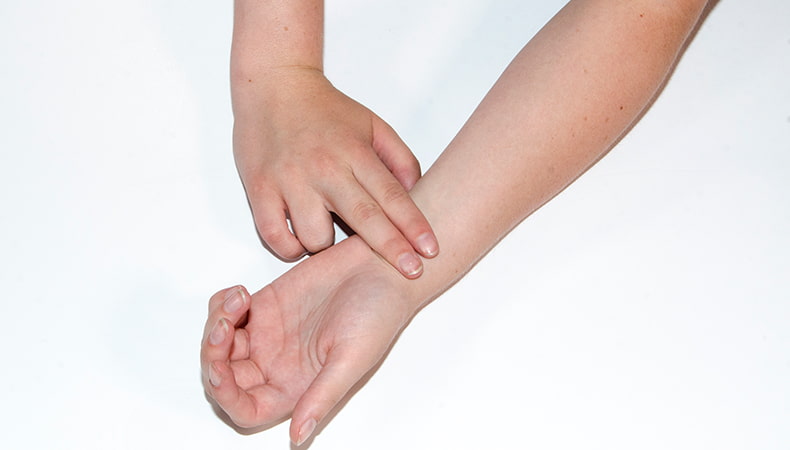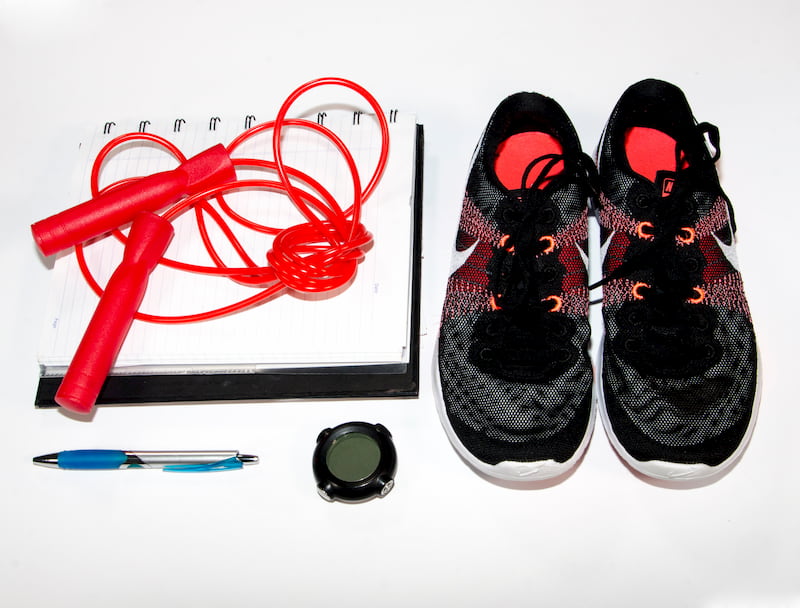Measuring heart rate
Share :
What you need
- Stopwatch
- Jump rope
- Space to run
- Paper and pen
- Running shoes and gym clothes
Make it
- Change into gym clothes and put on running shoes.
- Place two fingers on the side of your neck, just under your jawline, or on your wrist. Can you feel your pulse?
- Using the stopwatch, count the number of beats you feel within a 15-second period. Multiply this number to figure out your beats per minute rate under normal circumstances.
Test it
In this experiment, you’ll test a variety of different exercises to see how they change your heart rate. The activities you’ll be testing are five minutes of running, jumping jacks, walking, skipping rope, and lying down motionless. To test them, perform each activity for five minutes, check your heart rate like you did in Make It Step 3, and then sit down for 10 minutes to allow your heartbeat to go back to normal. Then, you can test the next exercise.
Explain it
Exercise takes up a lot of energy, which is provided in a process called metabolism. When performing cardiovascular exercises like the ones you did, as opposed to something like weightlifting, the type of metabolism needed is aerobic metabolism. This type requires the gas oxygen (O2) to complete the process.
We breathe in oxygen, which our lungs send into our bloodstream. The role of our blood is to transport materials, and in this case, to transport that oxygen to the muscles that need it. The more intense the exercise (like running or jumping), the faster your heart needs to pump to get enough oxygen-filled blood to your muscles. The more rested you are (walking, lying down), the less oxygen is needed. The heart then slows down as to not waste energy pumping blood faster than it needs to.
Observe it
If you’ve ever gotten nervous before a presentation, a performance or a big game, you’ll know the feeling of your heart beating quickly and butterflies in your stomach. When your body thinks you might be in danger, the way it does when you start to feel scared of anything, it begins pumping more blood to your muscles and less to your guts. That’s the reason your heart races, and your stomach feels strange. This is called your fight or flight response — in scary situations, your body is preparing in case you need to run away or fight off an attacker. While in safe situations this response is just annoying; in emergency situations this bodily response helps you get yourself to safety.
Go further
Try this activity with friends or family and see if their heart rates are different than yours. Can you find any patterns? Some factors you could look at include their age, how muscular they are, and how often they exercise in an average week.
You may also be interested in
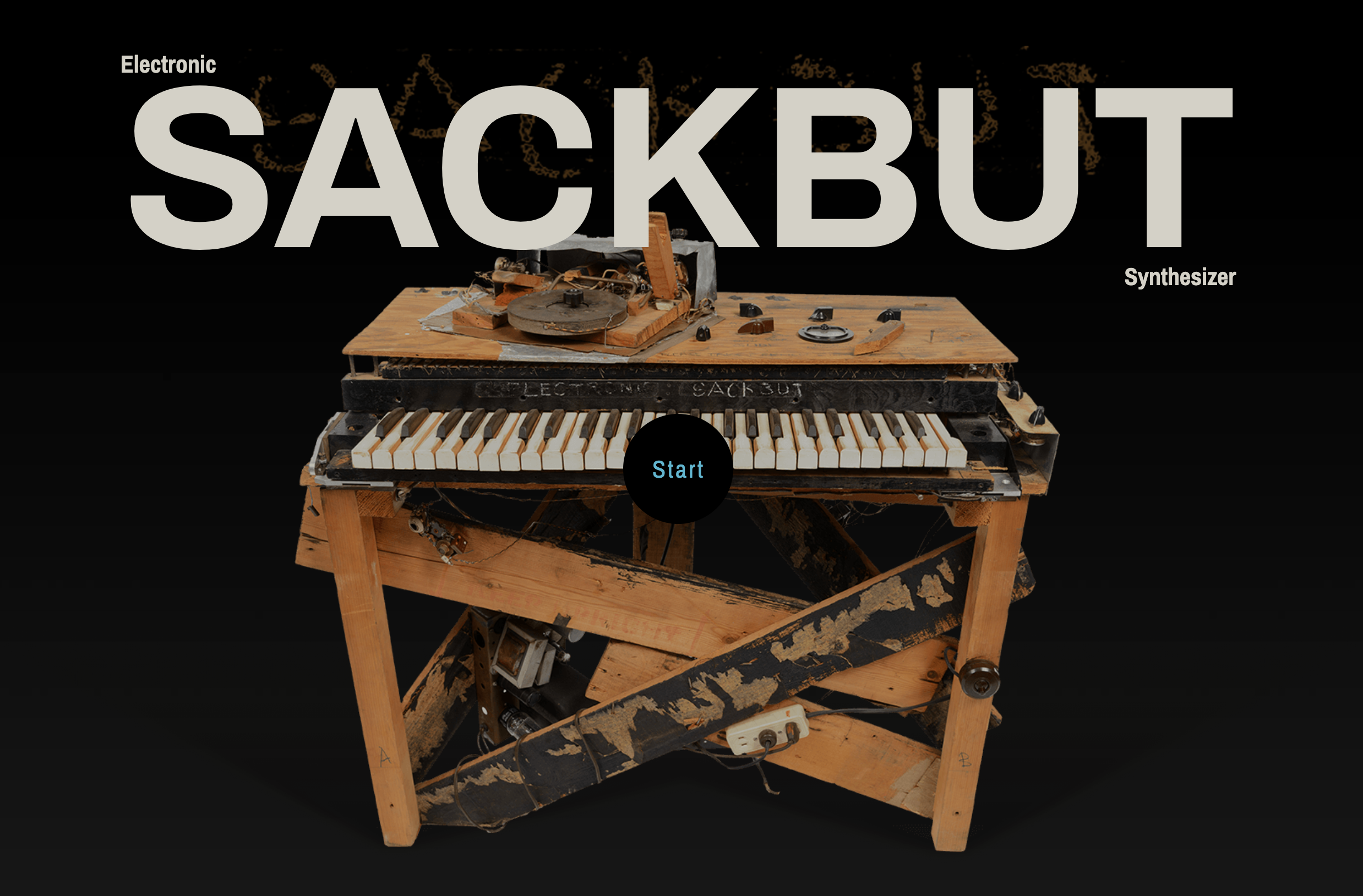
Electronic sackbut
Experience the pioneering technology of 1948 by virtually playing the Electronic Sackbut, one of the world’s first synthesizers, and explore its innovative controls and sounds that made it a landmark in musical history.
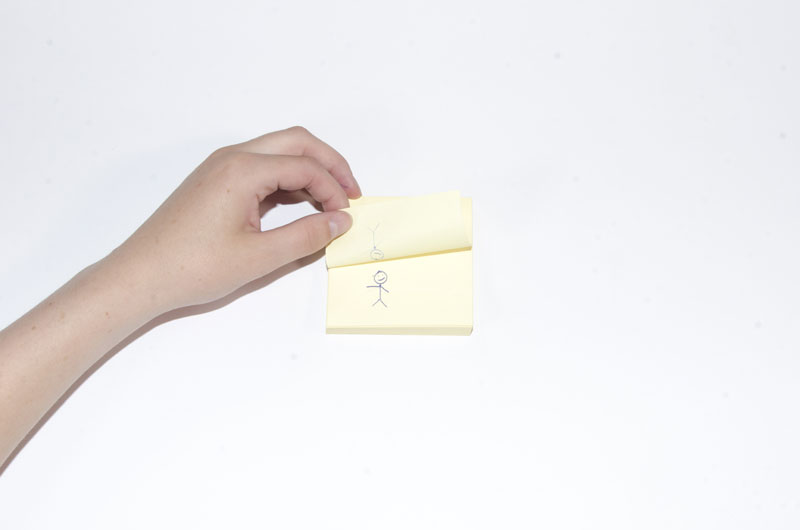
Flipbook
Did you know animators take advantage of a simple optical illusion to make their characters appear to move so smoothly? Although animators are helped with powerful computers, you can make your own cartoon animation using the same principles as the professionals!
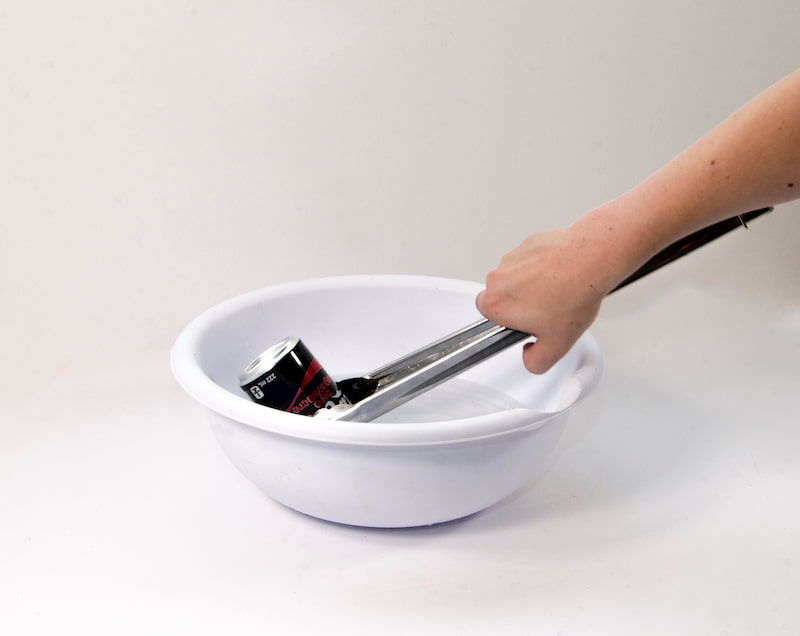
Imploding can
See what happens when you create a soda can that can’t fight back against the pressure — and be sure to bring your earplugs!
